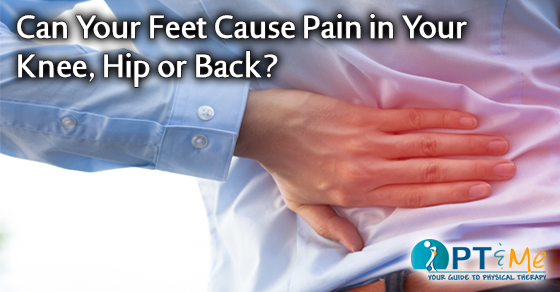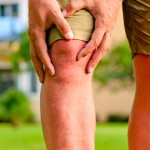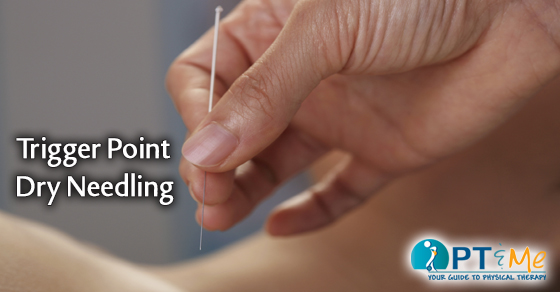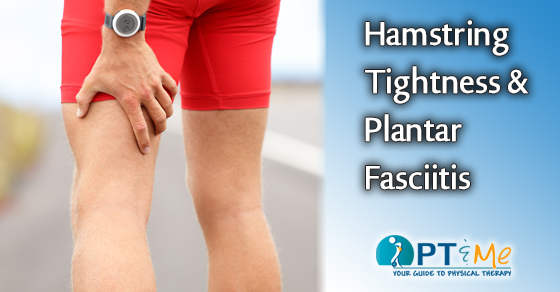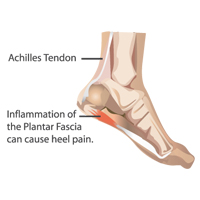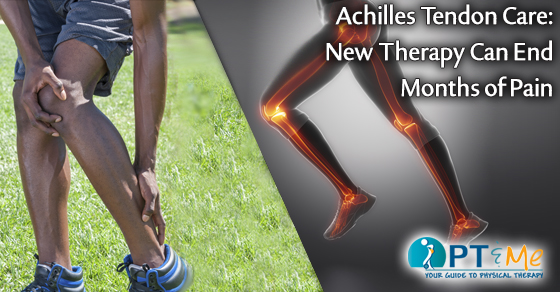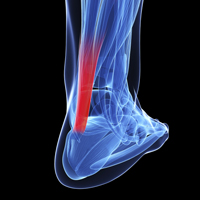Can your feet cause pain in other areas of the body? Yes it can. The foot is an arch and arches decrease compressive forces by distributing them across the span of the arch. Engineers use arches in building and bridges to hold up greater weight across longer spans. The human foot has 3 arches that all work together to distribute the forces our bodies put on it. This allows us to walk, run and jump.
We start running into problems when the arch is either too flat or too high – causing the forces put through the foot to be abnormally distributed, resulting in strain.
- Flat feet limit the range of motion of our ankle, causing our hips to rotate inward and move towards the center of our body.
- High arches do the opposite to our hip joints.
- These changes cause strain to our ankle, knee and hip joints, and our back.
People can be unaware that their feet cause pain throughout the body because they were born with flat feet or high arches and they do not know what “normal” feels like. As physical therapists we have treated many children who didn’t realize that their feet are not supposed to be sore. But instead of seeing them for prescribed foot pain, they come for pain in their joints or back.
Orthotics were developed to correct or adapt to changes in the foot. Orthotics should be fitted by a healthcare professional trained in assessing the foot and gait. Standing on a pressure plate in the store is not good enough. Why? If your foot hurts are you going to stand on it normally? Probably not. This results in an abnormal reading.
An orthotic by itself is not the best treatment. A physical therapist will assess your function, strength, flexibility and range of motion. Patients will present with other problems as the result of abnormal arches. Treatment with orthotics combined with strengthening and stretching exercises, balance training, functional training and manual therapy is necessary to restore full function.

